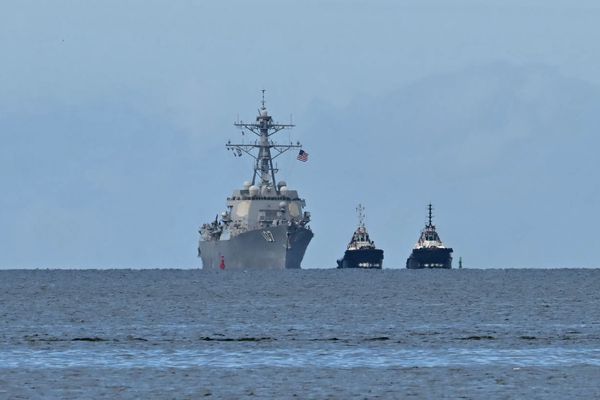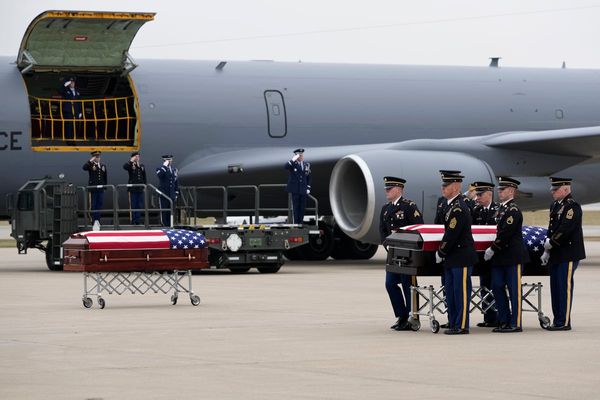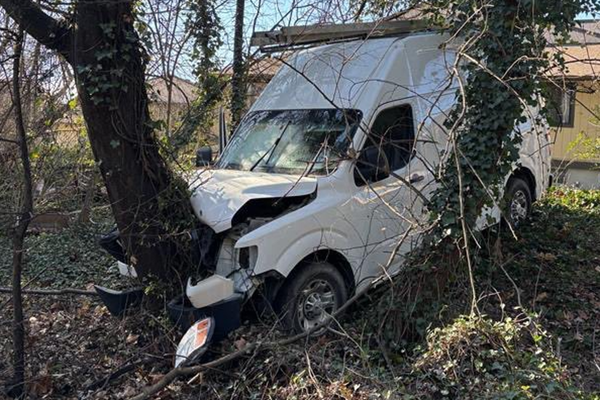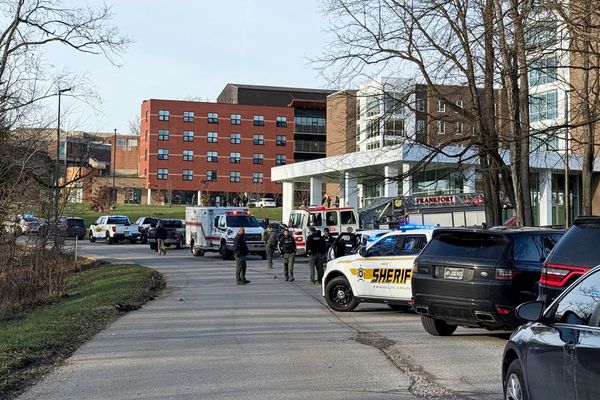
Nasa has confirmed the recovery of debris from the Challenger spaceship that exploded less than two minutes after its launch and killed all seven members onboard in 1986.
In Thursday’s announcement, the space agency said the “artifact” was discovered by a film crew that was in search of aircraft from the second world war off the east coast of Florida.
Divers found a human-made element that was covered in sand and, given the location was near Florida’s “space coast” where the mission was launched from, they reached out to Nasa.
“While it has been nearly 37 years since seven daring and brave explorers lost their lives aboard Challenger, this tragedy will forever be seared in the collective memory of our country,” the Nasa administrator, Bill Nelson, said in the statement. “For millions around the globe, myself included, 28 January 1986 still feels like yesterday.”
Despite some concerns shared by shuttle employees, the agency had given a green light for the takeoff on that day. An investigation later found that there was a major malfunction due to freezing temperatures that compromised the strength of the machinery, specifically the shuttle’s O-ring seals, which are used to keep fluids from leaking and components sealed.

The Challenger is remembered today as the shuttle that altered “Nasa’s space program forever”, and it left a strong legacy. It was the second shuttle to make it to space, and had completed nine journeys between 1983 and 1986 before it exploded during launch. It was also the shuttle that carried the first US woman and the first African American into space, according to Space.com.
The ambitious nature of Nasa’s program in that period was illustrated by the people it decided to place onboard Challenger, including a teacher who planned to conduct a class for her students from orbit, which led to it being termed “the teacher flight” in the buildup to launch. The teacher, 37-year-old Christa McAuliffe, was the first civilian to head to space, and had prevailed over a pool of 11,000 applicants to secure the spot.
The 1986 disaster that killed all seven members onboard was portrayed in the 2020 Netflix documentary Challenger: The Final Flight.
The accident dampened Nasa’s ambition of opening space travel to American civilians, the Smithsonian reported in 2016. Civilians, namely billionaires Jeff Bezos and Richard Branson, have since traveled to space through by own means.
• This article was amended on 11 November 2022 to correct a misspelling of the last name of Jeff Bezos and to remove Elon Musk as an example of a civilian who has travelled to space.







